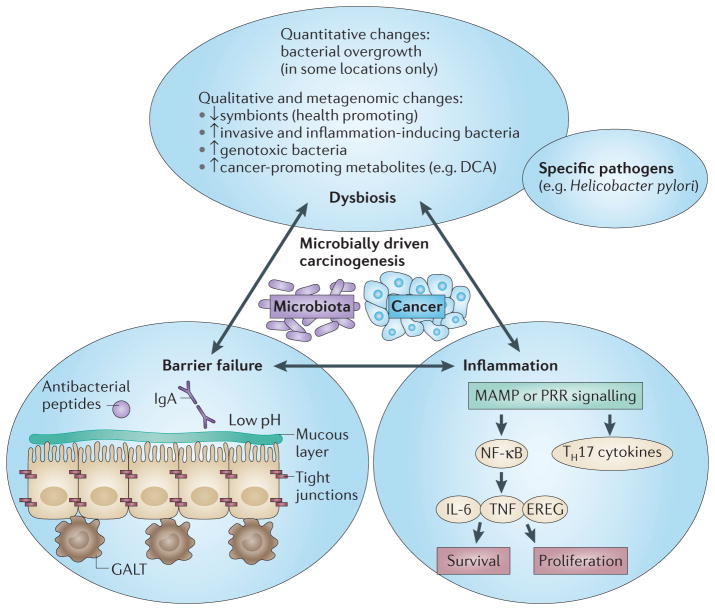Figure 1. Mechanisms controlling host–microbiota interactions and associated failures implicated in cancer development.
A state of homeostasis and symbiotic relationships is maintained by the separation of microbial entities from the host through a multi-level barrier, by a eubiotic microbiome that actively suppresses pathobionts and that maintains a symbiotic relationship with the host, and by a state of low inflammation in the host. Perturbation of this balance leads to chain reactions that ultimately result in a cancer-promoting state with a failing barrier, inflammation and dysbiosis. This state includes qualitative and sometimes quantitative changes in the microbiota; failure of the barrier either physically (for example, at the level of tight junctions or at the mucous layer), or at the level of antibacterial defence systems — either those of epithelial cells or those of cells from the gut-associated lymphoid tissue (GALT); and increased inflammatory responses, which are often mediated by pattern recognition receptors (PRRs) and downstream cytokines that promote epithelial cell proliferation and survival. DCA, deoxycholic acid; EREG, epiregulin; IgA, immunoglobulin A; IL-6, interleukin-6; MAMP, microorganism-associated molecular pattern; NF-κB, nuclear factor-κB; TH17, T helper 17; TNF, tumour necrosis factor.

